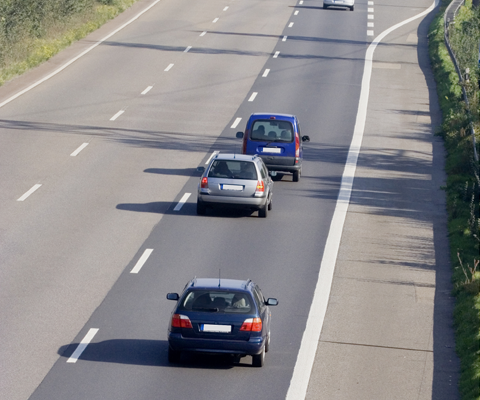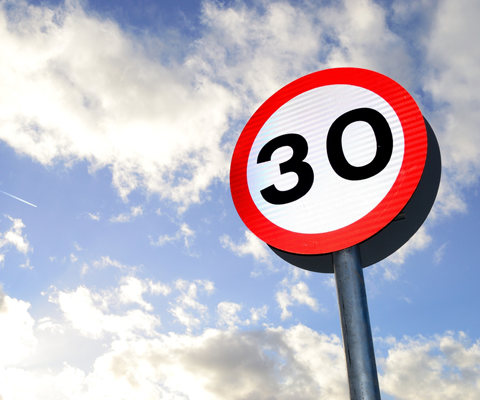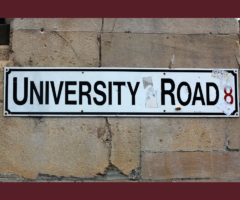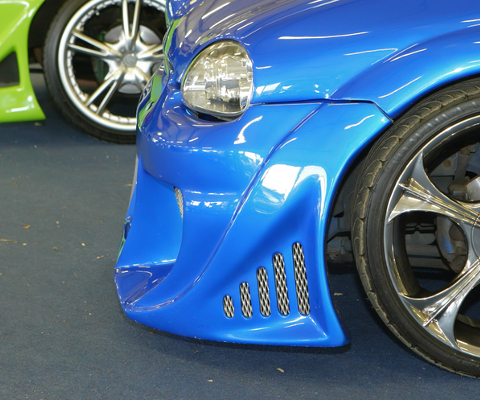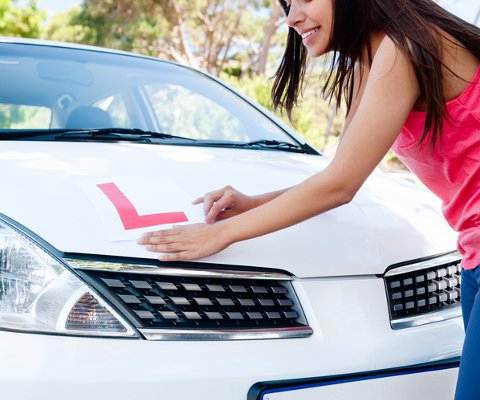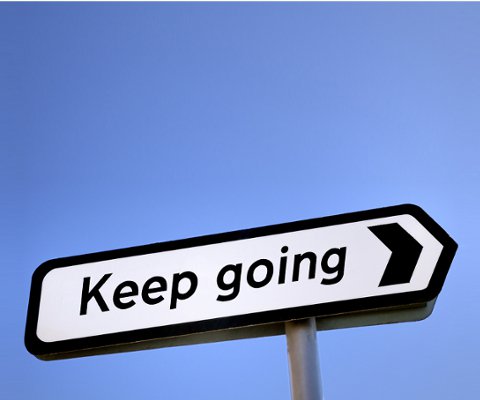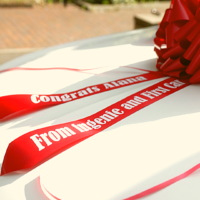
Understanding traffic lights
The basics of traffic lights
Green means go, red means stop. Something I managed to mess up in my driving test.
Here’s a secret though: contrary to popular belief, the amber light doesn't mean that you should speed up to squeeze through the lights. I know - shock!
The amber light is there to tell you to slow down because the red light is on its way. When your traffic light is red, it probably means that traffic is coming from another direction and if you ignore the amber or the red light, you’ll get in the way of that oncoming traffic. I don't recommend that.
When you should stop
- When the light is red
- When the light is amber and you’re behind the line
- When both red and amber lights are showing
- If your light is green but cars are still coming from another direction - the lights may be broken!
Red flashing lights are used at level crossings and outside some fire stations. If these red lights are flashing, always stop. These overrule any other traffic lights on the road.
When you should go
On some traffic lights you might find that there’s a green filter arrow. These are for directing traffic in different lanes.
So if you’re at the traffic lights and you’re turning right, you might find that the main light is red, but the right green filter arrow is also on. This means that you can’t go straight on, but it is safe for you to go right.
It's safe to go when:
- The green light is showing
- The green filter light showing your intended direction is on
- The amber light comes on but you've already driven over the line
Don't just follow the car ahead blindly - wait until the way ahead is clear so you don't have to stop illegally on hatchings or a pedestrian crossing.
Temporary traffic lights
If there are road works or some other kind of official obstruction, you'll often see temporary traffic lights to help keep the flow of traffic steady and safe. These work exactly like regular traffic lights but there'll usually be extra signage to tell you how and when to move.
What if the traffic lights are't working?
Unfortunately, sometimes traffic lights do break. If you suspect that the traffic lights aren't working, always proceed extremely carefully. Roads without rules are dangerous (that’s why you’re learning the rules, right?) so drive very slowly and keep your eyes peeled.


